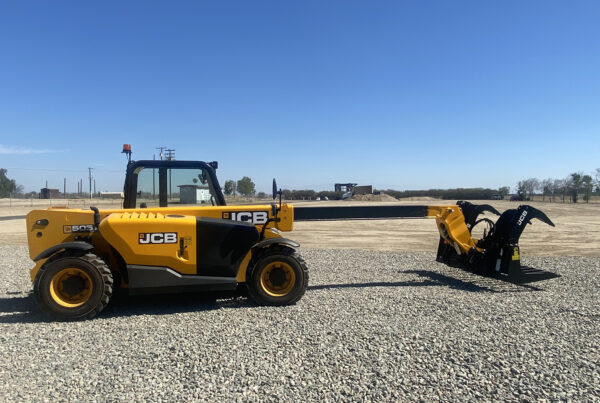4 Reasons Why Workers Aren’t Wearing PPE (And What to Do)
Many workers have excuses for not wearing PPE—whether it’s discomfort, poor fit, or that it slows them down. However, while selecting the right PPE for the task and the environment is crucial, deeper issues often drive noncompliance. Based on a 2023 study published in the Journal of Safety Research, management and supervision play critical roles in ensuring PPE compliance.
This article explores the top four management-related issues that cause PPE noncompliance and provides actionable solutions to help improve safety practices on the job.

Management Problem 1: Inadequate Safety Supervision
If workers are taking off their PPE when supervisors aren’t looking, it could indicate inadequate safety supervision. Supervisors may give workers a pass on compliance to maintain good relationships, but this undermines safety.
What You Can Do About It
Supervisors must lead by example and enforce safety rules consistently. Providing positive reinforcement when workers follow safety protocols and holding supervisors accountable for their own actions are effective strategies. Establishing a strong culture of safety will help maintain compliance even under tight deadlines.
Management Problem 2: Infrequent Safety Training
If workers don’t understand how to use their PPE or are unaware of applicable safety regulations, the issue may stem from insufficient safety training. Smaller companies and independent workers often lack formal safety training programs.
What You Can Do About It
Ensure all employees receive regular safety training. Utilize OSHA resources for toolbox talks and provide annual refresher courses. Training should happen not only when new workers are hired, but also when PPE is introduced or replaced.
Management Problem 3: Weak Support for Safety
Weak management commitment to safety is a key contributor to poor PPE compliance. If supervisors aren’t enforcing rules or providing adequate PPE, workers may follow their lead and ignore safety protocols.
What You Can Do About It
Management needs to recognize the high cost and reputational risk associated with workplace injuries. By demonstrating proper PPE usage and walking the walk, management can build a culture where safety is prioritized. Strong leadership can also improve worker satisfaction and commitment.
Management Problem 4: Poor PPE Evaluation
If workers avoid PPE because it’s uncomfortable or ill-fitting, it’s often due to inadequate evaluation of the gear itself. Managers must ensure that the PPE fits well and is appropriate for the task.
What You Can Do About It
Regularly reassess workplace hazards to ensure that PPE choices remain effective and relevant. Engage workers in the evaluation process and provide a range of sizes and styles. This not only ensures better fit and comfort, but also fosters worker buy-in.
Frequently Asked Questions
Why is it important for management to model proper PPE usage?
When management consistently demonstrates PPE compliance, it sets a clear expectation for workers, reinforcing the value of safety throughout the organization.
How can we ensure that workers wear PPE in challenging environments like heat or humidity?
Offering more comfortable, breathable PPE designed for hot or humid conditions can help. Involving workers in the selection process also ensures that they feel heard and their needs are met.
How often should safety training be conducted?
Safety training should occur regularly—at least annually—and when new workers are hired or new PPE is introduced. Frequent refresher courses help reinforce best practices.







